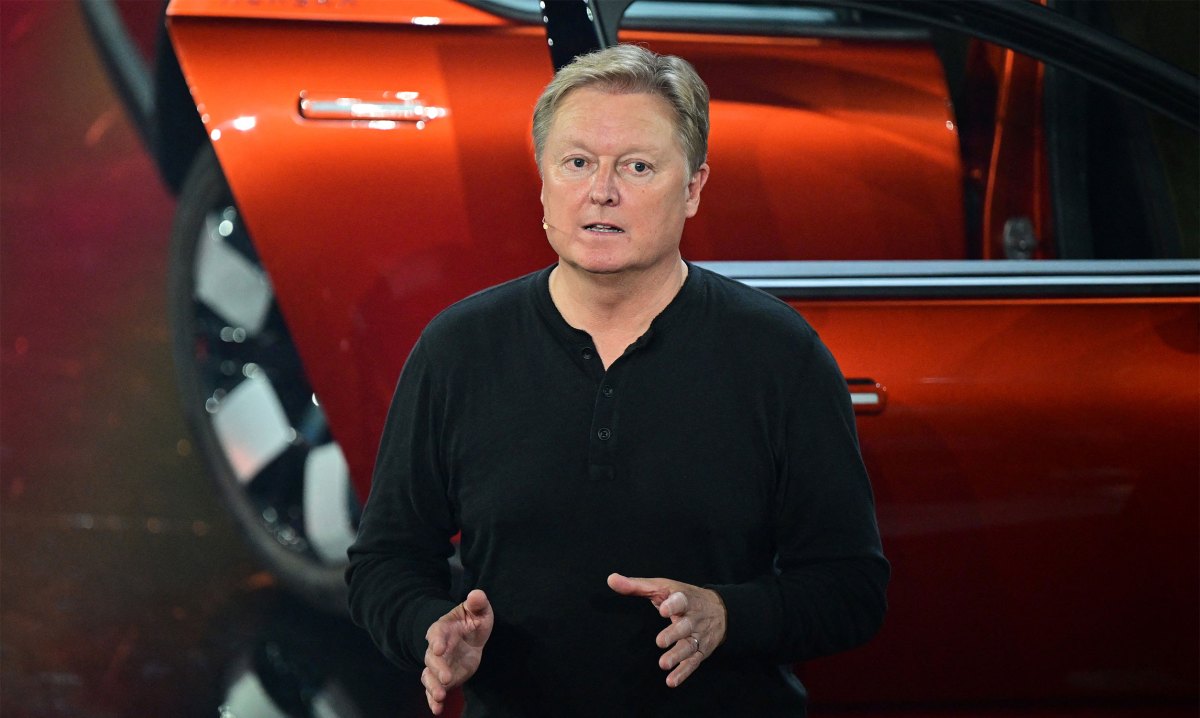
Fisker was facing “potential financial distress” as early as last August, according to a new filing in its Chapter 11 bankruptcy proceeding, which the EV startup initiated earlier this week.
The admission provides a clearer picture of Fisker’s troubles in 2023 as it struggled to ramp up deliveries of its flagship Ocean SUV, despite CEO Henrik Fisker’s assurances to the public at the time. In August 2023, even as Fisker’s financial health began to wane, the company held a “Product Vision Day” event to promote multiple new models in development, including a low-cost EV and an electric pickup truck.
“Fisker isn’t standing still,” Henrik Fisker said at the time. “We want the world to know that we have big plans and intend to move into several different segments, redefining each with our unique blend of design, innovation, and sustainability.”
That looming financial distress drove Fisker to solicit a partnership or investment from another automaker, according to the filing, which was written by the startup’s appointed chief restructuring officer. Talks with that automaker, which Reuters first reported to be Nissan, dragged for months before falling apart earlier this year, putting Fisker in “a precarious position,” according to the filing. Fisker ultimately stopped production of the Ocean earlier this year, went through multiple rounds of layoffs, and is now beginning the bankruptcy process.
The Chapter 11 proceedings are meant to offer Fisker some “breathing room” to “stabilize operations while pursuing an orderly and efficient liquidation of assets.” With so many creditors and debts, its unclear whether the company will operate in any meaningful way once those assets are gone.
One of more immediate issues set to be resolved in the case is what happens to the remaining Fisker Oceans that have gone unsold. Brian Resnick, a lawyer for Davis Polk who is representing Fisker in the Chapter 11 case, said in a hearing Friday that the company has reached an “agreement in principle” to sell the 4,300 unsold Oceans to an unnamed vehicle leasing company.
“We find ourselves in the situation of needing to seek approval of this sale on short notice,” Resnick said, though he noted that the lawyers working on behalf of Fisker still need to file an official motion to execute any such sale.
The money generated by that or any other sales of Fisker’s assets will likely go right to Fisker’s largest (and only) secured creditor, Heights Capital Management, an affiliate of financial services giant Susquehanna International Group.
Heights loaned more than $500 million to Fisker in 2023, with the option to convert that debt to stock in the company. Fisker was late filing its third quarter financial report with the SEC, which breached a covenant of that deal with Heights. To repair that breach, Fisker granted Heights “first-priority security interest on all existing and future assets.” Further breaches in the coming months put Heights in the driver’s seat of Fisker’s financial situation.
And yet, Fisker says in the Chapter 11 filings that it still owes Heights more than $183 million in principal payments to Heights.
Fisker has other assets beyond the Ocean SUVs that it can sell in the Chapter 11 process, including equipment that contract manufacturer Magna used to build the vehicles. There are 180 assembly robots, an entire underbody line, a paint shop, and other tools. Fisker hasn’t yet offered a specific accounting of those assets or their value, saying only that its total assets range between $500 million and $1 billion. Some of them are “specialized,” meaning it could be hard to find a buyer who sees value in them.
Fisker also says in one of the filings that its low-cost Pear EV was in “advanced development,” and that the Alaska pickup truck was in “late-stage development.” It’s unclear at the moment what, if any, value those vehicle designs carry. Prior to its bankruptcy filing, Fisker was sued by Bertrandt AG, the engineering firm it hired to co-develop both of those vehicles. That firm is now one of Fisker’s largest unsecured creditors in the bankruptcy case.
Alex Lees, a lawyer representing another group of unsecured creditors to whom Fisker owes more than $600 million, raised concerns during the hearing that it took “too long” for Fisker to file for bankruptcy. He called Fisker’s relationship with Heights a “lopsided transaction” and a “terrible deal for [Fisker] and its creditors.” Scott Greissman, a lawyer representing the investment arm of Heights, said Lees’ comments were “completely inappropriate, completely unsupported.
The filings to date offer the rawest look yet at the diminished state of Fisker. The company claims to be down to 400 employees globally, with around 181 remaining in the U.S., 70 in Germany, 23 in Austria, and 57 in India. That represents a 75% reduction from the company’s peak.
Fisker also has around $4 million remaining in its various bank accounts, according to another filing. It has about another $6 million in restricted cash. Fisker plans to sell nearly $400,000 worth of stock it owns in European charging network Allego to help offset the costs of continuing parts of the business, according to a budget filed Friday. It expects to spend around $1.7 million over the next two weeks on employee payroll and benefits. It is not currently budgeting any spending on IT/Software, after sales service, or vehicle buybacks.
